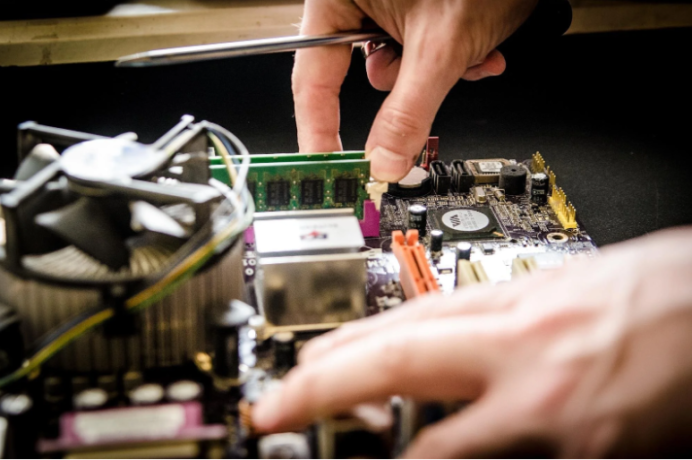
The world of automation is ever-evolving. Businesses are now embracing innovative solutions to streamline operations. Integrating these technologies can significantly enhance workflow efficiency. Whether in manufacturing, retail, or even food service, automation is making a difference. But how does this translate into real-world applications? Let’s explore how integrating automation can optimize your processes, focusing on robotic machine tending and commercial refrigeration systems.
Understanding the Role of Robotic Machine Tending
Robotic machine tending is transforming the manufacturing sector. Gone are the days when operators had to manually load and unload machines. Now, robots can handle these tasks with precision and speed. This not only improves efficiency but also reduces the risk of human error. Imagine a factory where robotic arms tirelessly tend to machines, ensuring that every part is processed to perfection. That’s the future we’re stepping into.
Take the example of a CNC (Computer Numerical Control) machine shop. Before automation, operators would spend hours feeding raw materials into machines. They had to monitor each step carefully, making adjustments as needed. This process was not only time-consuming but also prone to mistakes. With robotic machine tending, the same tasks can be performed in a fraction of the time. Robots can work 24/7, ensuring consistent output without fatigue. The result? Higher productivity and fewer errors, which ultimately leads to cost savings.
The Impact on Commercial Refrigeration Systems
Automation isn’t just confined to manufacturing. It’s making waves in other industries too, such as commercial refrigeration. These systems are critical for businesses like supermarkets, restaurants, and food processing plants. Ensuring they operate efficiently is crucial, not only for energy savings but also for food safety. Automation plays a vital role here.
Modern commercial refrigeration systems are equipped with advanced sensors and controls. These systems can monitor temperature, humidity, and even the condition of the refrigerant. If something goes wrong, the system can alert technicians or even correct the issue automatically. This level of automation helps prevent costly breakdowns and ensures that food products remain fresh. Think of it as having a smart assistant that keeps a vigilant eye on your refrigeration needs, 24/7.
Bridging the Gap Between Robotics and Refrigeration
The integration of robotic machine tending and commercial refrigeration systems might seem like two separate worlds, but they are more connected than you might think. Both rely on automation to improve efficiency and reduce human intervention. By combining these technologies, businesses can create a more cohesive and streamlined operation.
For instance, in a food processing plant, robotic arms could be used to handle the packaging of perishable goods. Once packaged, these goods need to be stored in optimal conditions. Automated refrigeration systems ensure that the products remain at the right temperature until they reach their final destination. This seamless integration of robotics and refrigeration minimizes the risk of spoilage and maximizes efficiency.
Overcoming Challenges in Automation Integration
While the benefits of automation are clear, integrating these systems isn’t without its challenges. Businesses must carefully plan the implementation to ensure that all components work together seamlessly. This requires a deep understanding of both robotic machine tending and commercial refrigeration systems. It also involves training staff to work with these new technologies.
One common challenge is the initial cost of automation. Investing in robotic systems and advanced refrigeration technology can be expensive. However, the long-term benefits often outweigh the upfront costs. Businesses should consider the potential savings in labor, energy, and waste reduction. Additionally, automated systems often lead to higher quality products, which can enhance customer satisfaction and loyalty.
Looking Towards the Future of Automation
The future of automation is bright. As technology continues to advance, we can expect even more innovative solutions that will further improve workflow efficiency. Robotic machine tending and commercial refrigeration systems are just the beginning. These technologies will continue to evolve, offering businesses new ways to optimize their operations.


